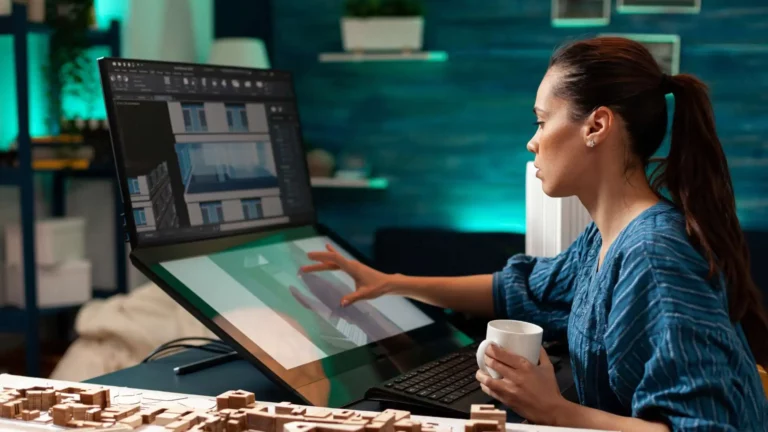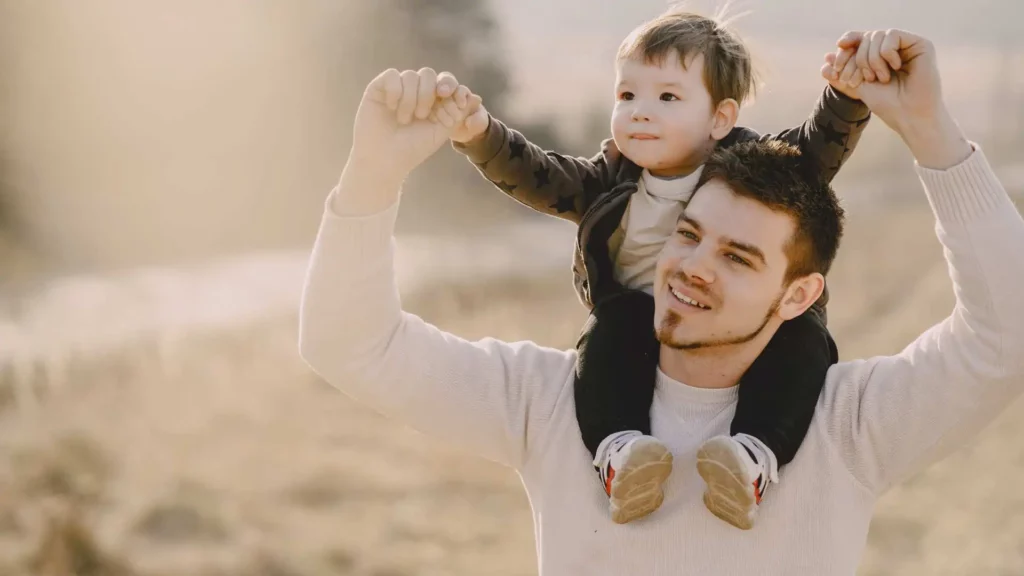Artificial intelligence (AI) has sparked much debate recently. Many industries now wonder if AI will take over human jobs. 3D Art, in particular, has drawn significant attention. 3D artistry has always relied on technology; now, artificial intelligence (AI) is the latest trend. Amidst all this, a growing fear poses the question, “Will AI take over 3D artist jobs?”
AI tools and design algorithms now automate tasks, including creating models, generating textures, and rendering. This sparks concern about the future of 3D artist jobs. This blog post will explore AI’s impact on the 3D art industry, discuss AI tools’ benefits and limitations, and discuss the future of 3D artists in the AI era.
Current Applications of AI in 3D Art
Over the past few years, AI in 3D Art has been noticeable, and there are wild expectations of how the changes will be in the banner years to come. As such, it is now possible for AI to model 3D objects, apply lights and textures, and even animate the entire scene.
AI’s role in 3D Art is expanding. Tools like Deep Learning and Neural Networks are improving textures, speeding up rendering, and automating tasks. Some generative design tools can make 3D models with little human help. These innovations are making design faster and more efficient. They allow artists to focus on creativity, not technical work.
Read related blog: Part-Time Graphic Design Jobs: Best Ways to Apply
Benefits of AI in 3D artistry
AI has transformed 3D Art. It automates tasks, boosts creativity, and increases efficiency. Here are the main benefits:
- Automated Tasks: AI tools like pig heads help artists. They automate rigging, animating, and texturing. This allows artists to focus on more creative ideas.
- Enhanced Creativity: The AI also understands texts well. It creates new, unique designs and models from simple descriptions.
- Improved Efficiency: Procedural generation kits enable quick, intricate environment building. They save a lot of resources and energy.
Potential Risks and Challenges of AI in 3D artistry
AI in 3D artistry has benefits but also poses risks. A major concern is job loss. As AI takes over tasks done by 3D artists, jobs may vanish. Experts say AI could handle repetitive and technical work.
Moreover, AI lacks the emotional depth and intuition of human artists. It can create models and designs, but not the unique creativity of humans. Another issue is the learning curve. Many 3D artists will need to adapt to using AI. This could be tough for those not familiar with the technology.
Read related blog: Will AI Take Over Coding Jobs?
Will AI Replace 3D Artist Jobs?
AI won’t completely replace 3D artists but will change their roles. It can automate tasks like modeling and texturing. However, it lacks human creativity, problem-solving, and emotional insight.
AI will be a tool that boosts artists’ abilities. Those who use AI well will create better content. The future will see humans and AI working together. Artists will focus on concepts and decisions. Meanwhile, AI will handle technical work.
Jobs Most Likely to Be Affected by AI in 3D artistry
With this inclusion of AI technology, 3D artists will not be out of a job. However, it might automate some roles. Jobs involving repetitive tasks, like basic modeling, texture work, and simple animation, are more at risk. AI can efficiently create these elements, reducing the need for manual work. Yet, artists focused on complex character design, storyboarding, or creative concepts are safer. Such tasks include high creativity and complex problem-solving.
Read related blog: Will AI Take Over Computer Science Jobs?
Skills Needed to Stay Relevant in the 3D Art World
Artists need varied skills to stay relevant in 3D art. Creative thinking and problem-solving are vital for unique ideas, and mastery of 3D software and digital sculpting is crucial.
With AI’s rise, adaptability is key. Artists should embrace new technologies. Good collaboration and communication are essential for working with clients, teams, and AI tools. Moreover, understanding storytelling and character development makes 3D content more engaging.
How to Adapt to AI Changes in 3D Art
- Develop your unique artistic style: AI will create fantastic work without a human touch. Expect competition in storytelling. So, don’t just focus on making pictures. Combine images with stories.
- Building Strong Relationships: Engage with fellow creatives, customers, and people in the sector. Collaboration has advantages and insights.
- Specializing in niche areas: aim to master it. This approach is common in architectural visualization. It turns you into a valuable resource in that field.
- Staying Curious and Experimenting: Always look for fresh perspectives and technologies. You can even play with the capabilities of AI and try to apply this technology in more interesting ways.
The Future of AI and 3D Artist Jobs
The future of AI and 3D artists looks promising. AI will handle repetitive tasks. This allows artists to focus on creativity. Yet, those who use AI tools well will be the most sought-after.
As AI advances, it will create more realistic 3D content. This opens new doors for artists to innovate and amaze. In the end, 3D artists’ success hinges on their adaptability. They must embrace AI to boost their creativity.
Read related blog: Will AI Replace Marketing Jobs?
Conclusion
AI will shape 3D Art’s future but won’t replace artists. Instead, it will enhance creativity. Artists who adopt AI will be better prepared for the future. They will thrive in the 3D art industry. To stay relevant, you should adapt to the new technology.
Beem’s AI-powered smart wallet app Everdraft helps you get $10-$1,000 for all your financial emergencies. No credit checks, interest, income restrictions, or due dates are required! Download the app here.
FAQs on Will AI Take Over 3D Artist Jobs?
How will AI impact 3D artist jobs?
AI is expected to automate tasks like modeling, texturing, and rendering, lowering the need for these positions. However, humans will still do creative work.
What 3D artist jobs are most at risk due to AI?
AI is most likely to automate jobs with repetitive or technical tasks. This includes entry-level modeling and texturing work.
How can 3D artists prepare for AI integration?
Artists should develop their creative skills. They should learn AI tools and stay updated on industry trends. This will help them compete in the evolving 3D art world.














































